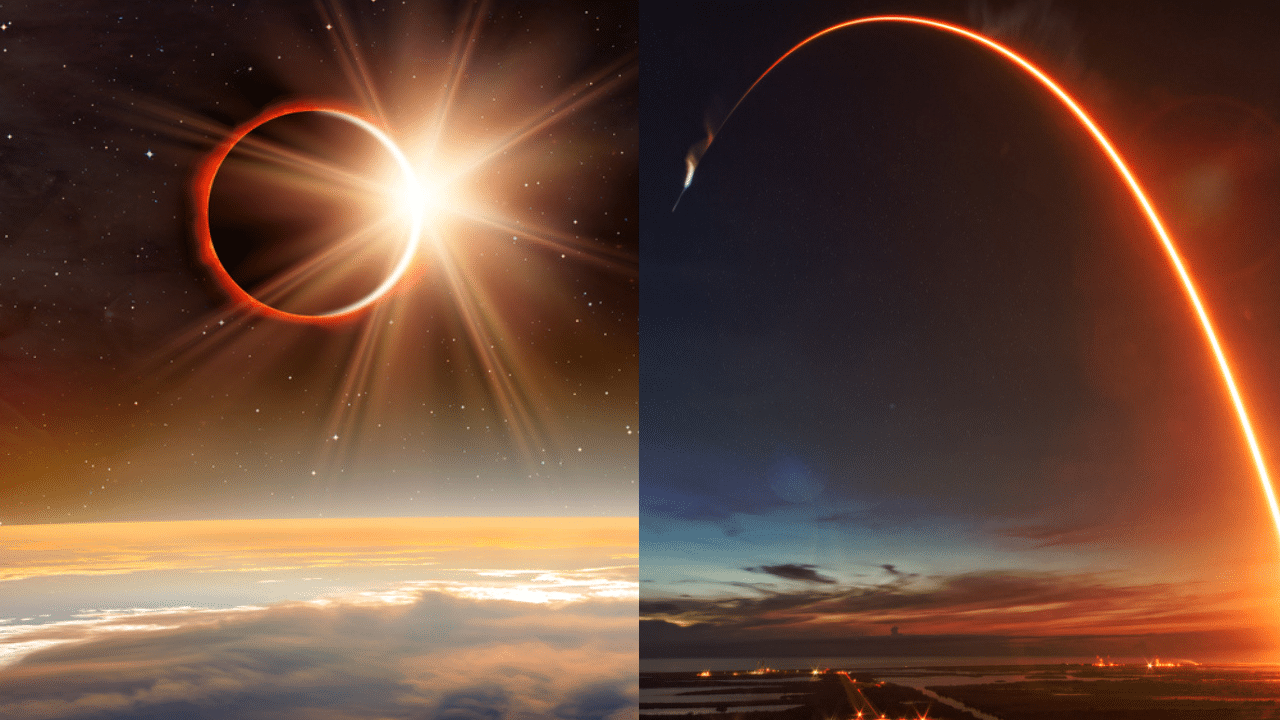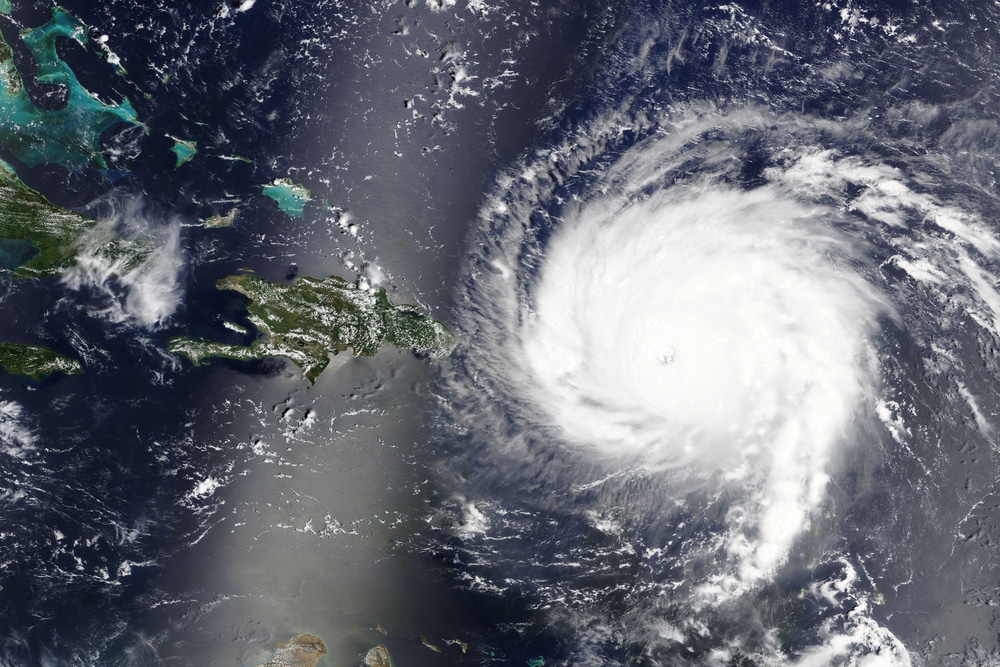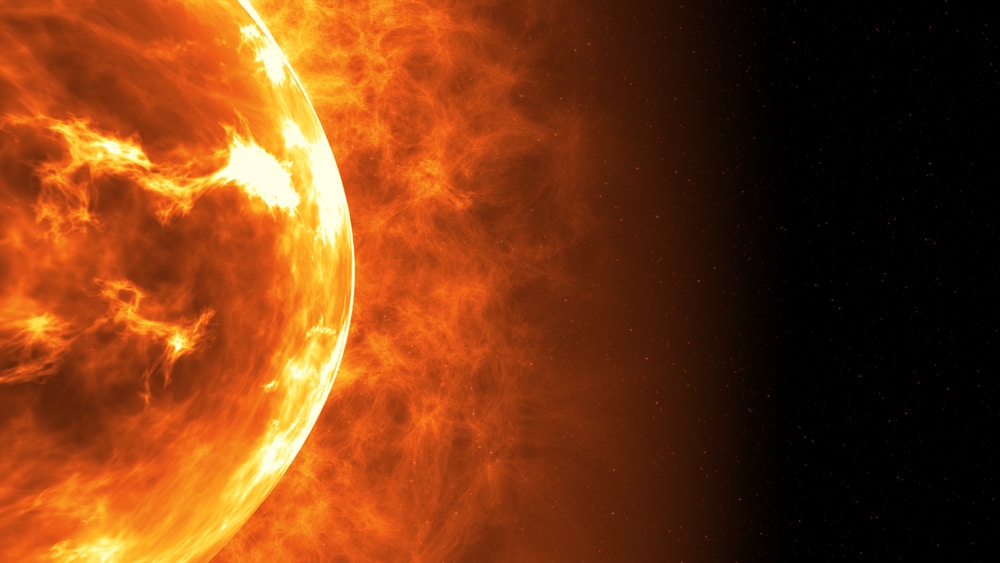NASA has announced it will fire three scientific sounding rockets into the moon’s shadow on Monday, April 8 during a partial solar eclipse across North America.
In what will be a total solar eclipse for a 115 miles-wide path through parts of Mexico, 15 U.S. states and Canada and a partial solar eclipse for the entire Americas, the event will see a sudden drop in sunlight.
The space agency’s project, Atmospheric Perturbations Around The Eclipse Path, will investigate how that drop in sunlight and temperature affects Earth’s upper atmosphere. APEP is named after the serpent deity from ancient Egyptian mythology, nemesis of the sun deity Ra, according to NASA.
NASA’s suborbital rockets won’t launch into totality. Instead they’ll go from Wallops Flight Facility in Wallops Island, Virginia, from where 81% of the sun will be blocked by the moon. That moment will happen at 15:33 EST, though the eclipse will take part between 14:06 and 16:33.
However, this won’t be the first simultaneous measurements taken from different locations in a very special layer of Earth’s atmosphere during a solar eclipse.
On Saturday, October 14 at 10:00 a.m, 10:35 a.m and 11:10 a.m. MT, the same three rockets were launched into the moon’s shadow during another partial solar eclipse. They launched from White Sands Missile Range, New Mexico, where a 90% partial solar eclipse took place, reached altitudes of 216 miles, 219 miles and 218 miles.
All three scientific payloads were successfully recovered to be reflown from Wallops Flight Facility for the second part of the APEP experiment. Just as from New Mexico, the rockets will launch before, during and after the peak of the eclipse.
“Each rocket will eject four secondary instruments the size of a two-liter soda bottle that also measure the same data points, so it’s similar to results from fifteen rockets, while only launching three,” said Aroh Barjatya, a professor of engineering physics at Embry-Riddle Aeronautical University in Florida, where he directs the Space and Atmospheric Instrumentation Lab.

















